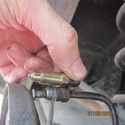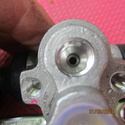Might finally be a bit of substance to back up the criticism of my brake maintenance, since I appear to have a very slight fluid leak. Due a flush and a check on brake hardware anyway.
I put this wheel cylinder back on after cleaning it up about a year and half ago. It showed some wear from the corrosion, so that's prime suspect.
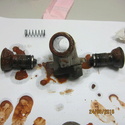
Drum is mostly still grey with some light rust spotting, so its sunflower oil/aluminium treatment has held up quite well.

Lots of dust, but the hardware has only rusted significantly where I didn't apply the treatment, because I was concerned it might cause sticking, or where it was too much trouble, like on the brake shoe backing

PTFE tape used on the pivot point is still in place.
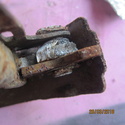
Re-treated the hardware more extensively this time. I'll rely more on grease and PTFE tape to prevent sticking.
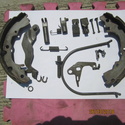
Some sign of fluid behind the wheel cylinder dust boots, though some of that is water from washing the brakes down.
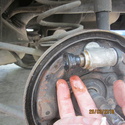
I applied pressure to the brake pedal for a few hours with rubber strapping. No leakage from the wheel cylinder, but of course it isn't moving in this static test.
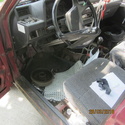
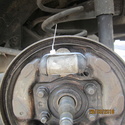
I think I'll still replace it assuming I can get one. If not I'll strip-clean and refit it, perhaps adding some PTFE tape around the seals.








